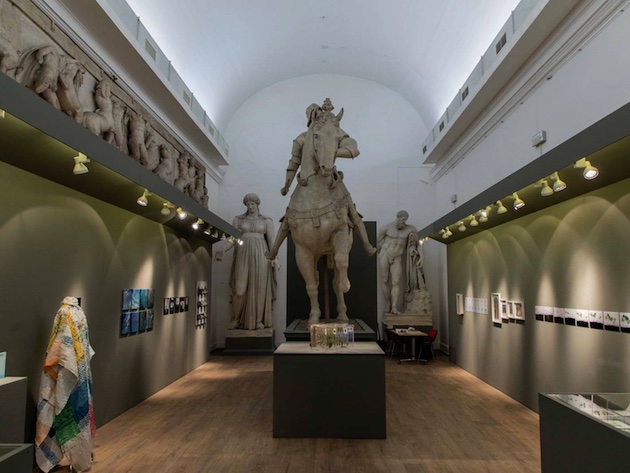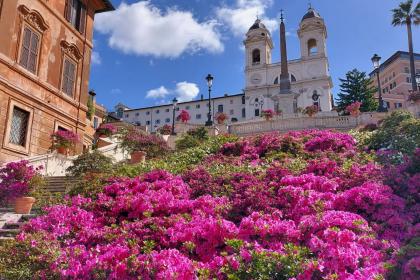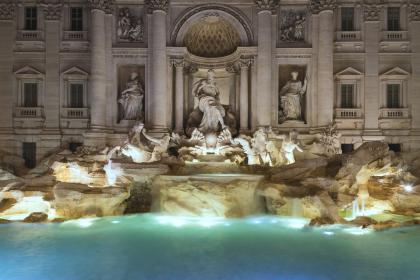
The Accademia di Belle Arti di Roma (ABA Roma) - Academy of Fine Arts originates from the Academy of San Luca, founded at the end of the sixteenth century by the painters Girolamo Muziano and Federico Zuccari and brought together the three major arts of painting, sculpture and architecture. This institution at the time was considered so important that it was emulated throughout Europe in the following centuries.
In the period of the Enlightenment, the so-called Free School of Nude was established within the Academy, which organized the first level of learning dedicated to copying the human body from life. During this period, the fame of the Academy increased to such an extent that it was commissioned to renovate the Pantheon and the Basilica of San Paolo.
With the unification of Italy and Rome becoming the capital, there was a need to start a reform of art education that would respond to the needs of the young Italian state. A slow process then followed which saw the emergence of didactic typologies oriented towards cultural research and towards professionalism linked to industrial and handcraft development. The Academy first took the name of the Royal Academy of Fine Arts called San Luca, then the Institute of Fine Arts, until it became the Academy of Fine Arts in Rome.
The historic complex that houses it in Via di Ripetta, traditionally called The horseshoe, was built in the 1840s as a residential building and was adapted to the headquarters of the Academy with the addition of rooms designed specifically for the Free School of Nude.
Today at the Academy it is possible to take courses in artistic anatomy, decoration, drawing, painting, architecture and urban planning, sculpture, computer graphics, fashion design, web design, photography, history of art, museography, scenography, direction, engraving techniques , tailoring techniques and many others. The three-year degree courses can be completed with two-year training courses, as well as Master's in continuous evolution.
Photo credits: courtesy of Academy of Fine Arts of Rome official site Facebook page
Piazza di Spagna

 Condividi
Condividi
Fontaine de Trevi

 Condividi
Condividi
La plus célèbre des fontaines romaines: un joyau d'eau et de pierre
Piazza del Popolo

 Condividi
Condividi
Informations
For the opening times and guidelines please check the official website.
 Condividi
Condividi
Location
Pour connaître tous les services d'accessibilité, visitez la section Rome accessible.











































